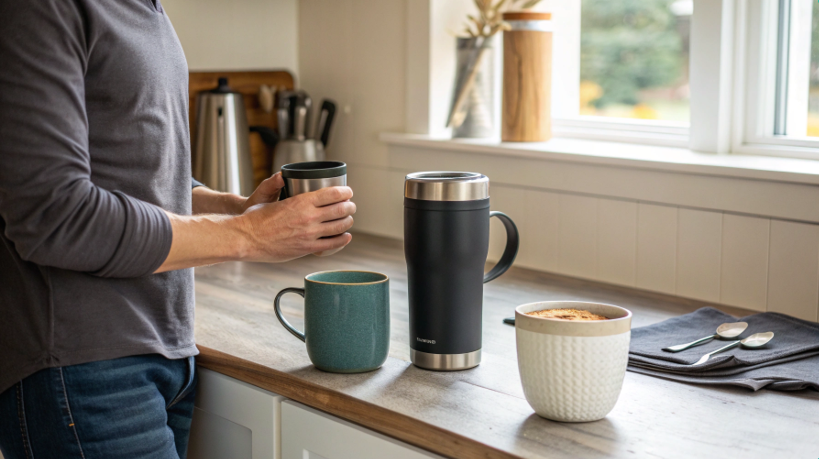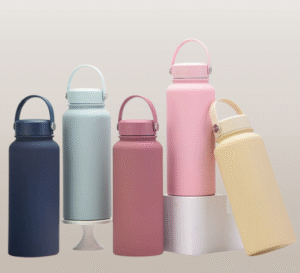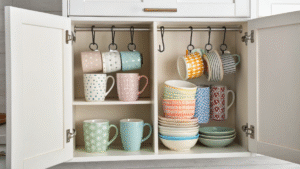You want to reduce your environmental footprint, but the world of "eco-friendly" products is overwhelming. It's hard to know if you're making a real difference or just buying into a trend.
The most environmentally friendly bottle is the one you already own. If you need a new one, choose products made from highly durable and recyclable materials like stainless steel or glass. These options minimize waste and have the lowest long-term environmental impact.
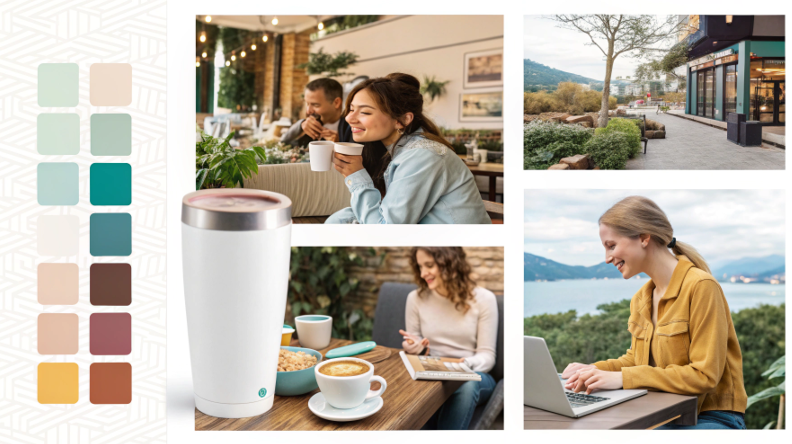
In my years in the custom drinkware business, I've seen a huge shift. Early on, clients just wanted a logo on a bottle. Now, people like Emma, a designer I work with, constantly ask about the lifecycle of my products. They want to know where the materials come from and what happens to them after years of use. This isn't just a niche concern anymore; it’s a mainstream movement. People want to make choices they can feel good about. Let's dig into what makes a bottle or mug truly sustainable.
What Makes a Bottle Truly Environmentally Friendly?
You buy a bottle labeled "eco-friendly," but start to wonder. Did making that steel bottle use more energy than a hundred plastic ones? I will help you understand the complete picture.
A truly eco-friendly bottle has a low overall lifecycle impact. This means it's made from sustainable or recycled materials, is durable enough for years of reuse, and is simple to recycle when it finally wears out. Glass and stainless steel are top contenders.
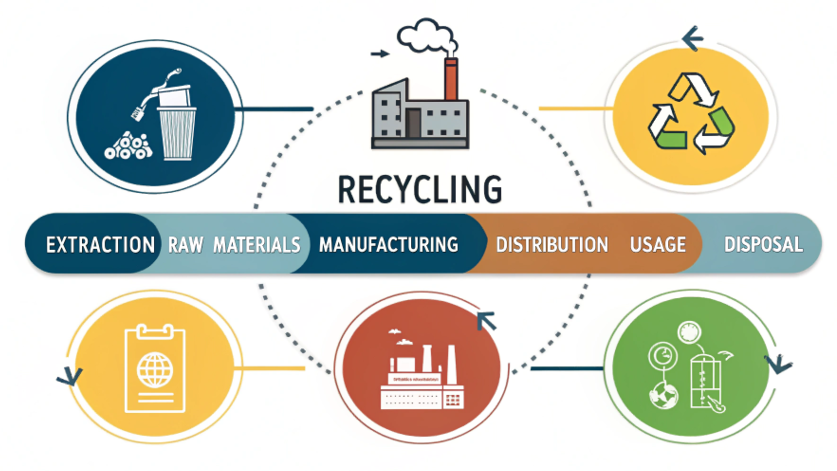
The most important factor is longevity. A bottle you use 1,000 times will always be better than 1,000 disposable ones. When I consult with clients, we talk about the initial environmental cost versus the lifetime value. For example, creating a new stainless steel bottle is energy-intensive. It requires mining ore and high-temperature processing. However, that bottle is incredibly durable and can last for a decade or more. Its impact, spread out over thousands of uses, becomes very small. Glass is similar. It comes from sand, an abundant resource, and is endlessly recyclable. The key is to choose a material that can withstand daily use for a very, very long time.
Comparing Eco-Friendly Material Lifecycles
| Material | Manufacturing Impact | Durability & Lifespan | End-of-Life |
|---|---|---|---|
| Stainless Steel | High initial energy cost, but improves with recycled content. | Excellent. Very high. Resistant to drops and damage. | Highly recyclable and valuable as scrap metal. |
| Glass | Moderate energy cost, reduced by using recycled glass. | Good, but breakable. Lifespan depends on user care. | Infinitely recyclable without loss of quality. |
| Recycled Plastic | Low energy cost compared to virgin plastic. | Good. Can last years but may degrade over time. | Can be recycled, but often into lower-grade products. |
How Can You Choose a Genuinely Eco-Friendly Alternative?
The "eco" label is everywhere, which makes it hard to trust what you're buying. You want to make a real difference, not just get tricked by marketing. I'll give you clear steps.
Look past the marketing and focus on three things: material, durability, and company ethics. Choose a bottle made from glass or stainless steel that feels sturdy. Check if the brand offers replacement parts, like lids, to extend the product's life even further.
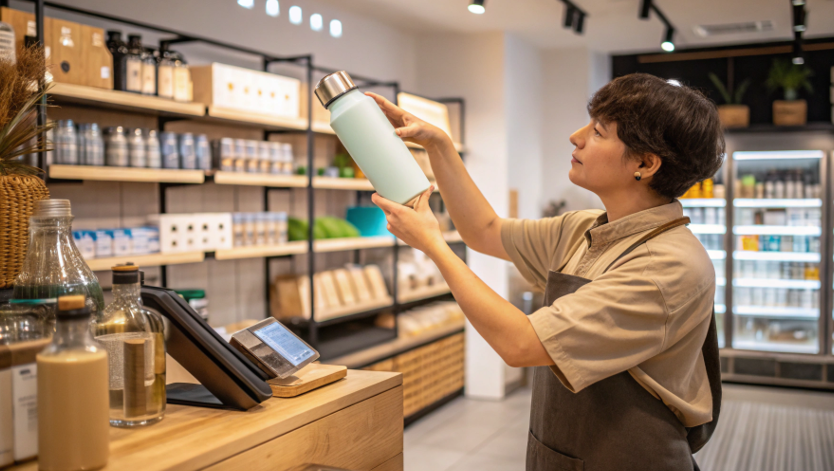
Choosing a sustainable product is about thinking like an owner, not just a consumer. First, ask yourself what you truly need. Do you need a lightweight bottle for your commute or an insulated one to keep coffee hot for hours? Buying a bottle that fits your life means you'll use it more. Second, investigate the material. Stainless steel and glass are safe bets. If you consider plant-based plastics (PLAs), be aware that they often require industrial composting facilities, which aren't available everywhere. Third, look at the company itself. I always tell my clients that offering replacement lids is a huge sign of a brand's commitment to sustainability. A lost or broken lid is a common reason people discard a perfectly good bottle. A company that helps you repair your product, rather than replace it, is one you can trust.
A Simple Checklist for Choosing Your Bottle
- Assess Your Daily Needs:
- Do you need insulation for hot/cold drinks?
- Is weight a major concern for you?
- What capacity do you need to stay hydrated?
- Prioritize Durable Materials:
- Stainless Steel: Great for durability and insulation.
- Glass: Excellent for purity of taste but heavier and breakable.
- Investigate the Brand:
- Do they use recycled materials?
- Do they offer spare parts like seals or lids?
- Are they transparent about their manufacturing process?
Who is the Main Audience for Eco-Friendly Water Bottles?
You might think "eco-friendly" products are only for a small group of activists. This view is outdated and causes businesses to miss huge opportunities. The audience is almost everyone.
The target audience for eco-friendly bottles is incredibly broad and mainstream. It includes students, health-conscious parents, outdoor adventurers, and style-conscious professionals. The common thread is a desire to reduce waste, save money, and use a high-quality, safe product.
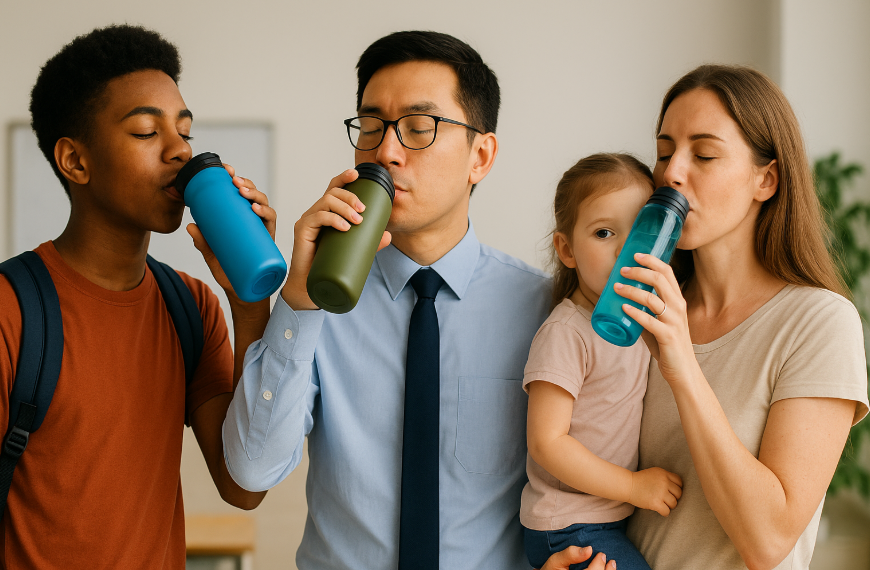
In my business, I've seen this firsthand. The audience is not one single group. I’ve created sleek, minimalist tumblers for tech startups where sustainability is part of the company culture. I've designed colorful, durable bottles for schools looking to eliminate single-use plastics in the cafeteria. One of my biggest client segments is parents who are rightly concerned about what their kids are drinking from; they demand BPA-free and easy-to-clean options. Then there are the athletes and hikers who need something virtually indestructible. The one thing that connects all these different people is a shared value. They see a reusable bottle not just as a container, but as a small, daily action that reflects their commitment to health, quality, and the environment.
Key Segments of the Eco-Conscious Market
- The Health-Conscious Individual: Their primary driver is avoiding chemicals like BPA and ensuring purity of taste. They often prefer glass or high-grade stainless steel.
- The Style-Driven Professional: This user, like my designer client Emma, wants a product that performs well and looks great on their desk. Design, brand, and sustainability are status symbols.
- The Budget-Conscious Student/Family: They are motivated by the long-term savings of not buying disposable bottles. Durability and affordability are their key concerns.
- The Eco-Activist: This user is deeply informed about lifecycle impacts and seeks out brands with the strongest environmental credentials, such as those using recycled materials or donating to green causes.
How Are Eco-Friendly Bottles Actually Made?
You see a bottle marketed as "sustainable," but wonder what that really means. Is it actually produced in a different way? I'll show you what happens behind the scenes in manufacturing.
Eco-friendly bottles are made by using sustainable materials and processes. For steel, this means using a high percentage of recycled metal. For glass, it means using crushed, recycled glass (cullet), which melts at a lower temperature and saves significant energy during production.
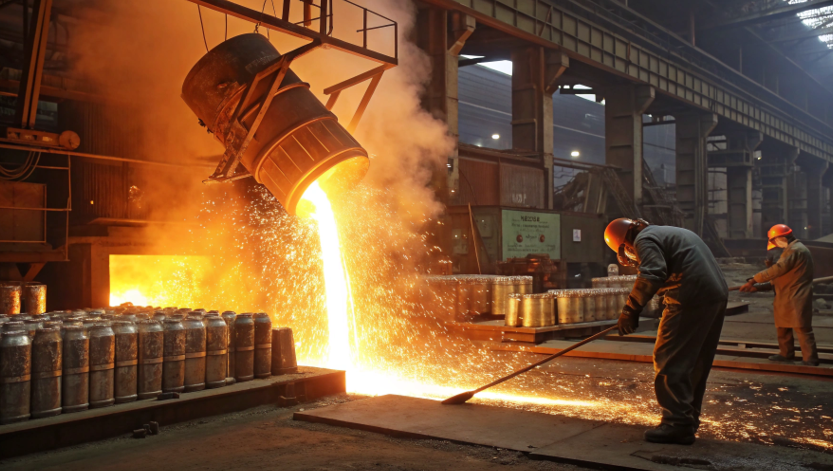
When I source tumblers for my business, I dig into the manufacturing details. For a stainless steel bottle, the process starts with raw materials, which ideally includes a large amount of certified recycled scrap steel. This scrap is melted in an electric arc furnace, which is more energy-efficient than a traditional furnace. The steel is then formed into a seamless tube, shaped, and cleaned. One key eco-friendly step is in the coating. Modern powder coating is a solvent-free process that creates almost no volatile organic compounds (VOCs), which is much better for the environment than older liquid painting methods. For glass bottles, the magic ingredient is cullet. Using recycled glass to create new bottles can reduce the energy needed for melting by up to 30%. These thoughtful material choices and process refinements are what separate a truly eco-friendly product from a standard one.
The Eco-Friendly Production Path
- Sourcing Raw Materials:
- Priority is given to recycled content, like scrap steel or cullet (recycled glass).
- This reduces the need for virgin material extraction and saves energy.
- Energy-Efficient Manufacturing:
- Using modern technology like electric arc furnaces for steel.
- Lowering melting temperatures by using recycled glass.
- Non-Toxic Finishing:
- Applying durable, VOC-free powder coatings instead of chemical-heavy paints.
- Ensuring all components, including lids and seals, are BPA-free and food-safe.
- Designing for Longevity:
- Creating a product that is durable, easy to clean, and repairable.
Conclusion
Choosing an eco-friendly bottle means using what you have or buying for the long-term. Prioritize durable, simple-to-recycle materials like stainless steel and glass to make a real, lasting impact.
